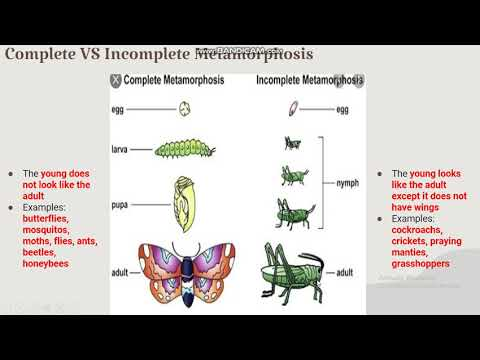Lab 11:Early Invertebrates and phylogeny
1/37
Earn XP
Description and Tags
fbdfdf
Name | Mastery | Learn | Test | Matching | Spaced |
|---|
No study sessions yet.
38 Terms
Spicules
; Needle-like support structures in sponges
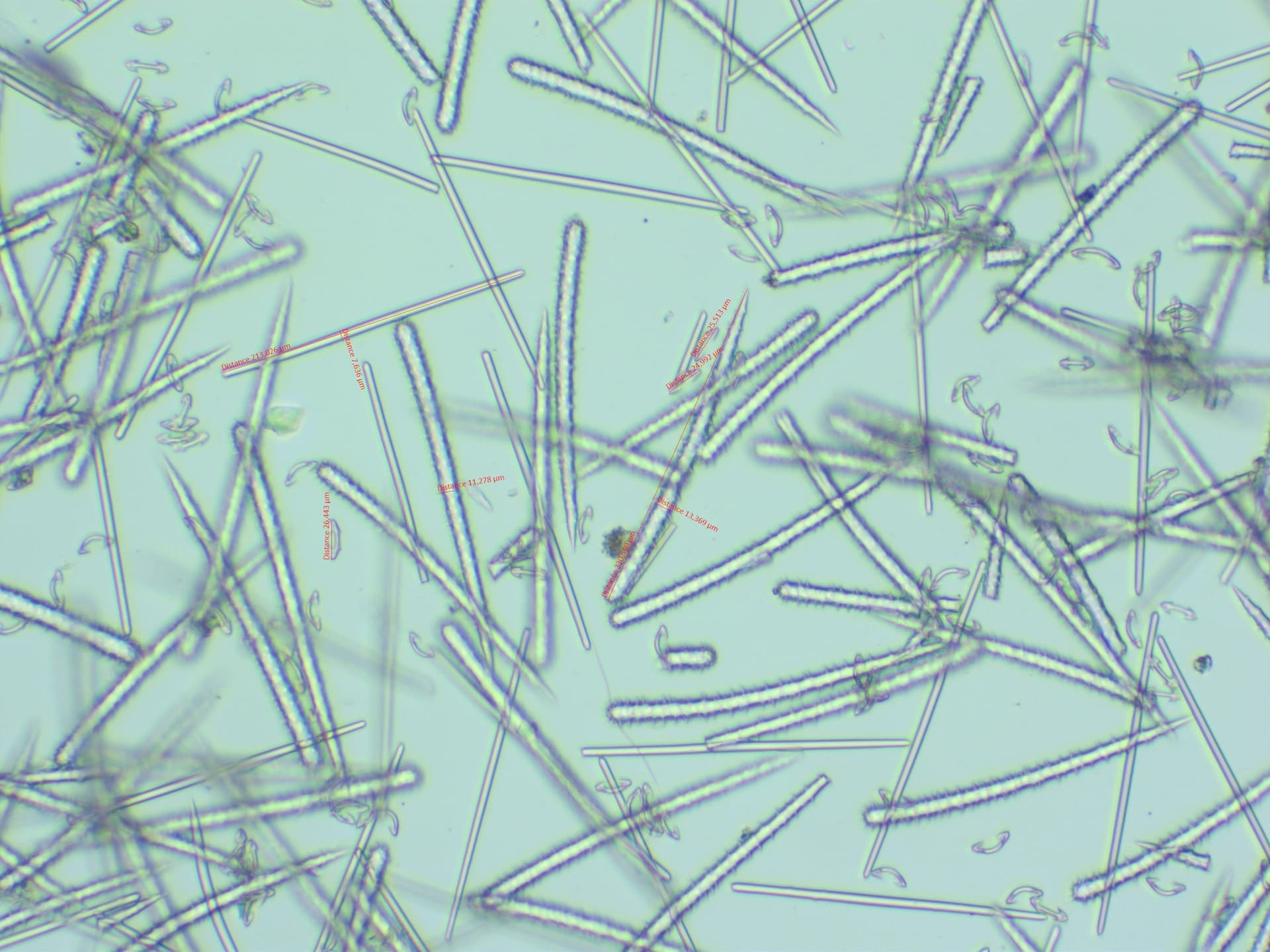
Spongocoel
; Central cavity inside a sponge

Osculum
; Large opening where water exits a sponge
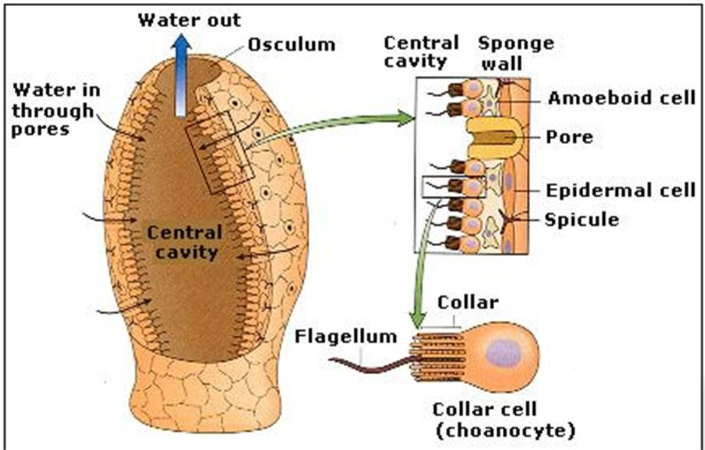
Polyp(cnidarian)
; Sessile, tube-shaped body form of cnidarians
class anthozoa usually corals
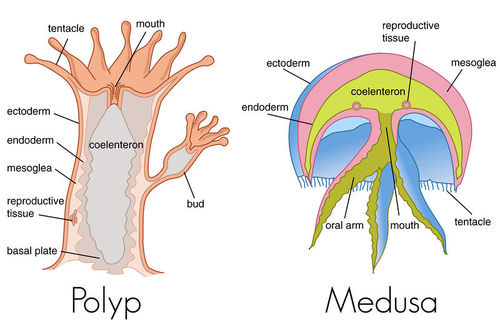
Medusa (cnidarian)
Free-swimming, bell-shaped body form of cnidarians
class scyphozoa usually jellyfish
class cubozoa usually box jellyfish
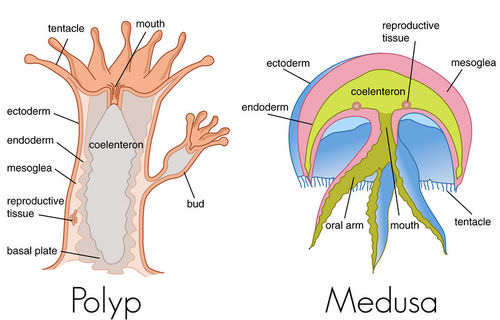
Mouth (Planarian) ;
Opening on ventral side used for feeding

Flame Cells (Planarian)
; Excretory cells that remove waste
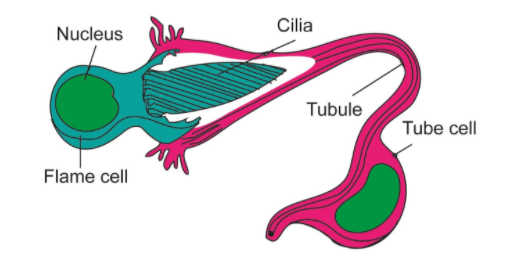
Eye Spots (Planarian)
; Light-detecting organs on the head
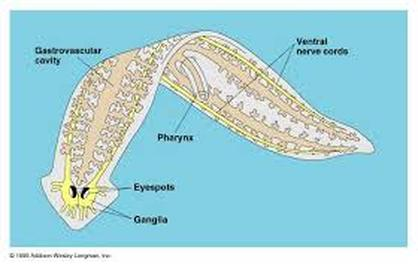
Scolex (Tapeworm)
; Head region with hooks/suckers for attachment
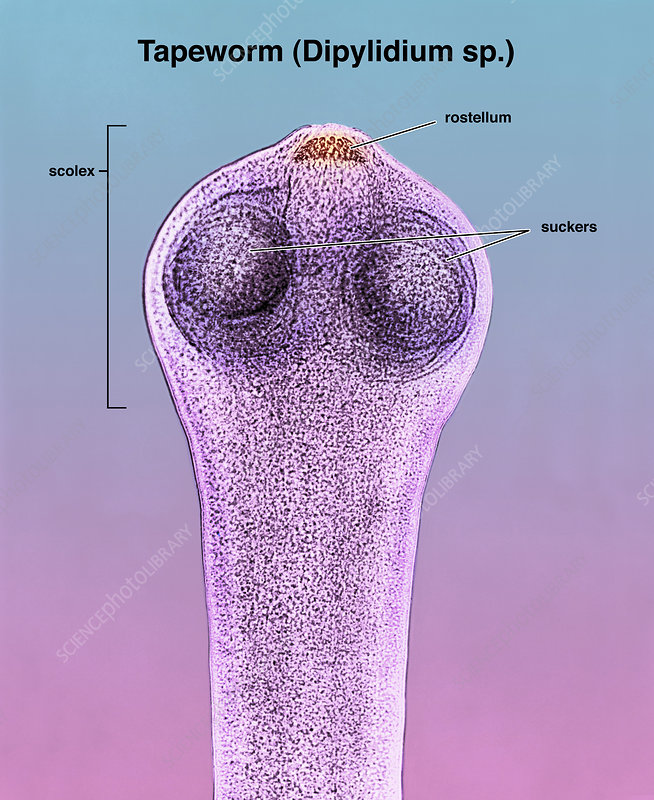
Sypha
Porifera; simple tube sponge
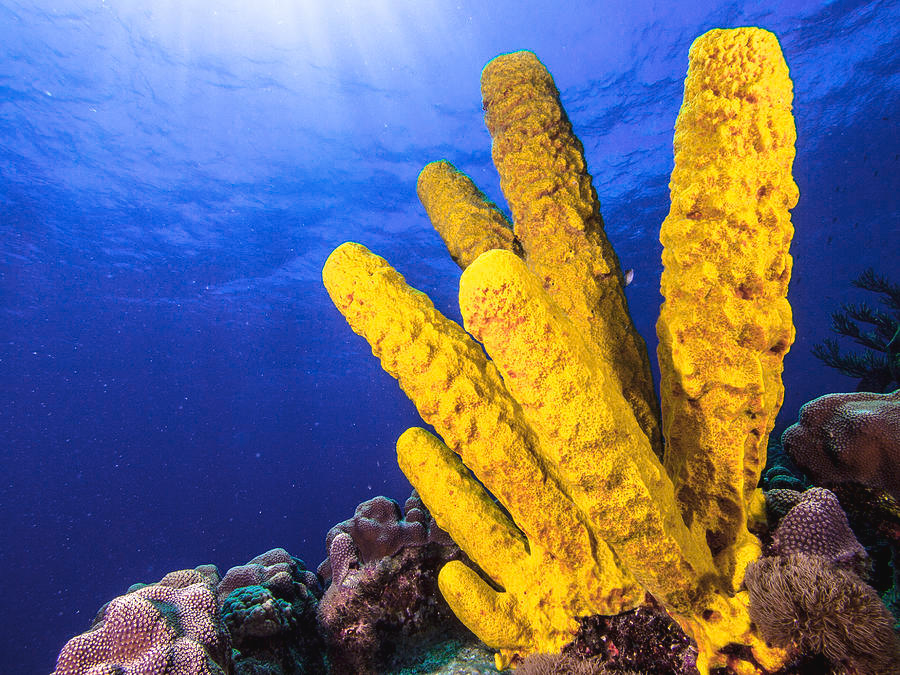
Leucosolenia
Porifera; small branching sponge
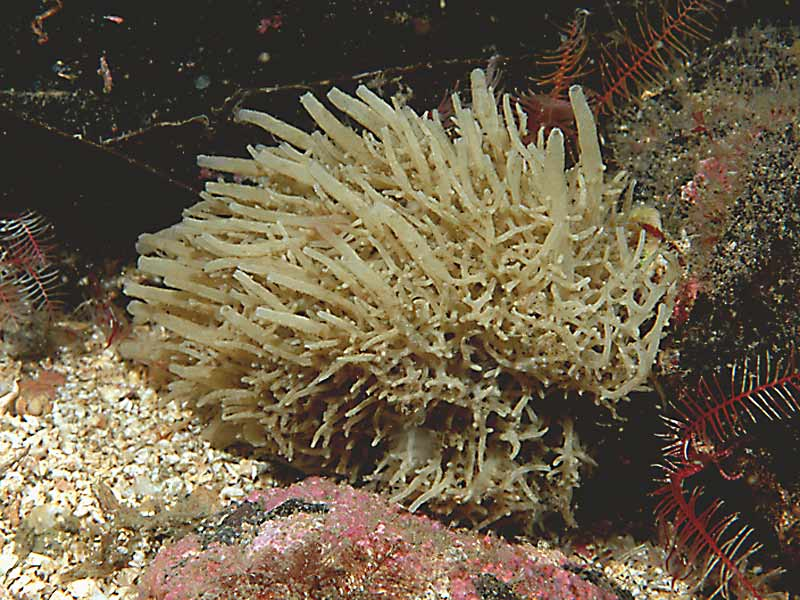
Obelia
Cnidaria (Hydrozoa); colonial polyp with medusae stage
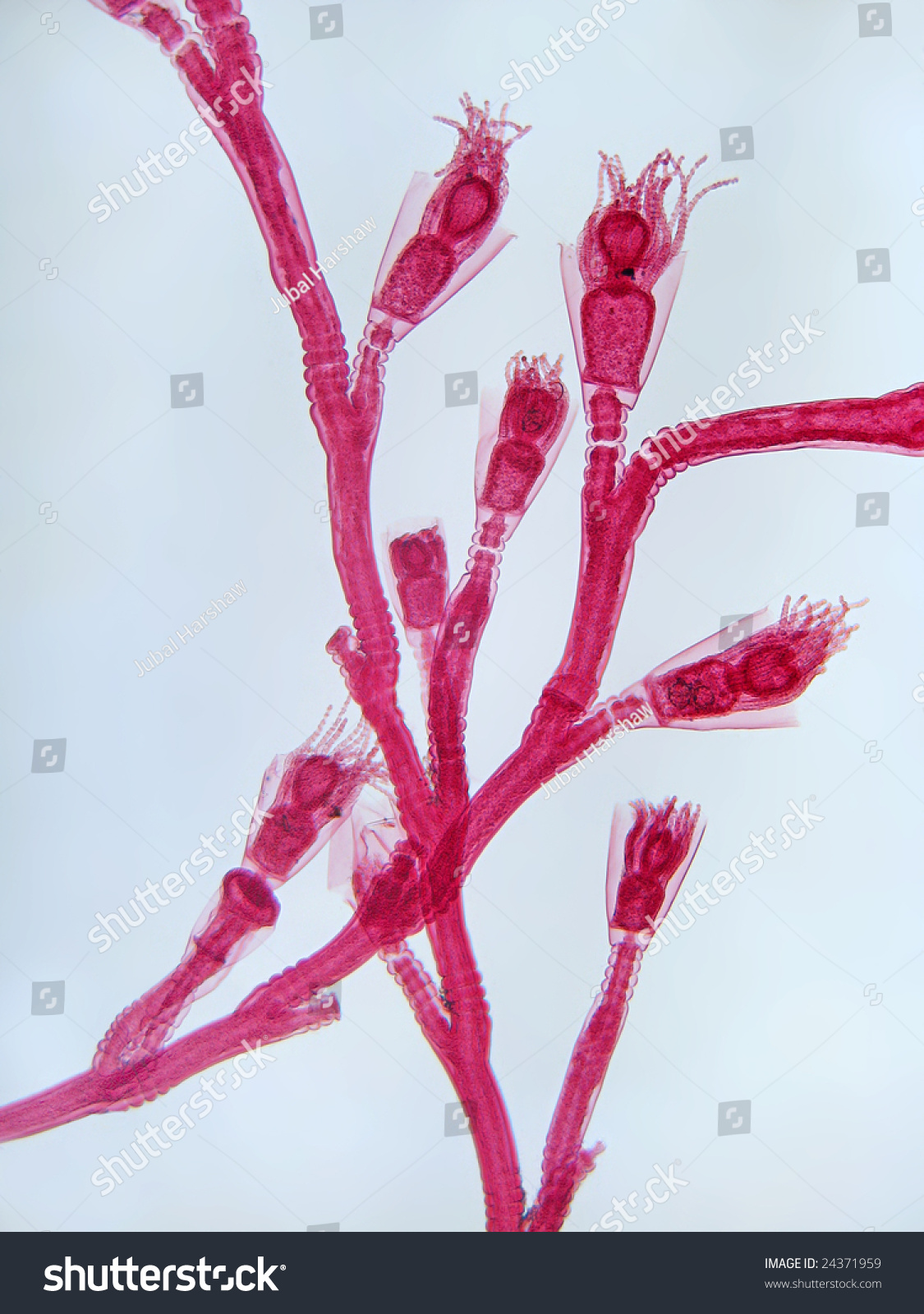
Hydra (cnidarian)
Cnidaria (Hydrozoa); solitary freshwater polyp

Planarian
Platyhelminthes (Turbellaria); free-living flatworm

Tapeworm
Platyhelminthes (Cestoda); parasitic flatworm with scolex and proglottids
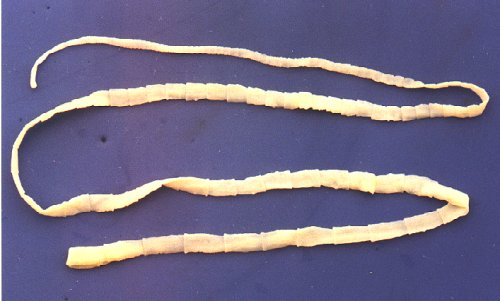
porifera (Parazoa)
Sponges; asymmetrical, no true tissues, filter feeders with spicules and spongocoels
reproduces asexually (budding) and sexually(releasing sperm)
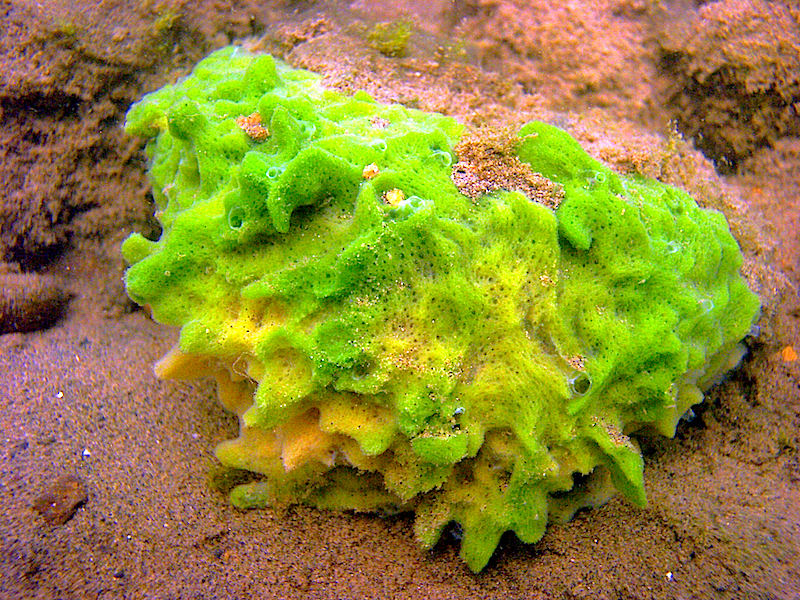
Parazoa (phylum)
lack true tissue
sponges
asymmetry
includes phylum’s placozoa and porifera
only one species trichoplax adhaerens
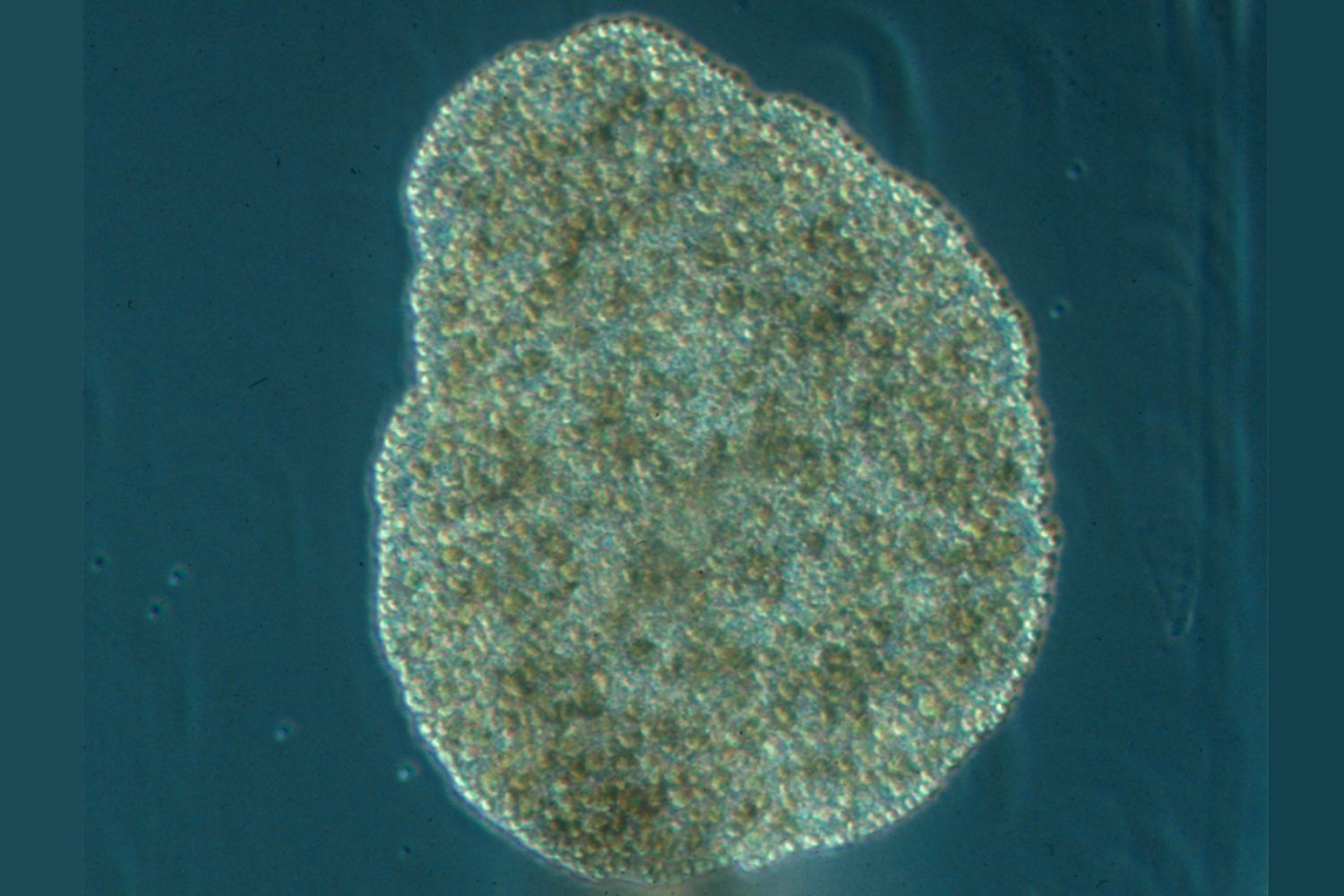
Cindarians (phylum)
usually have radial symmetry and diploblastic (radiata)
Can either be polyp or medusa
sexual reproduction and asexual
shares one opening forr everything
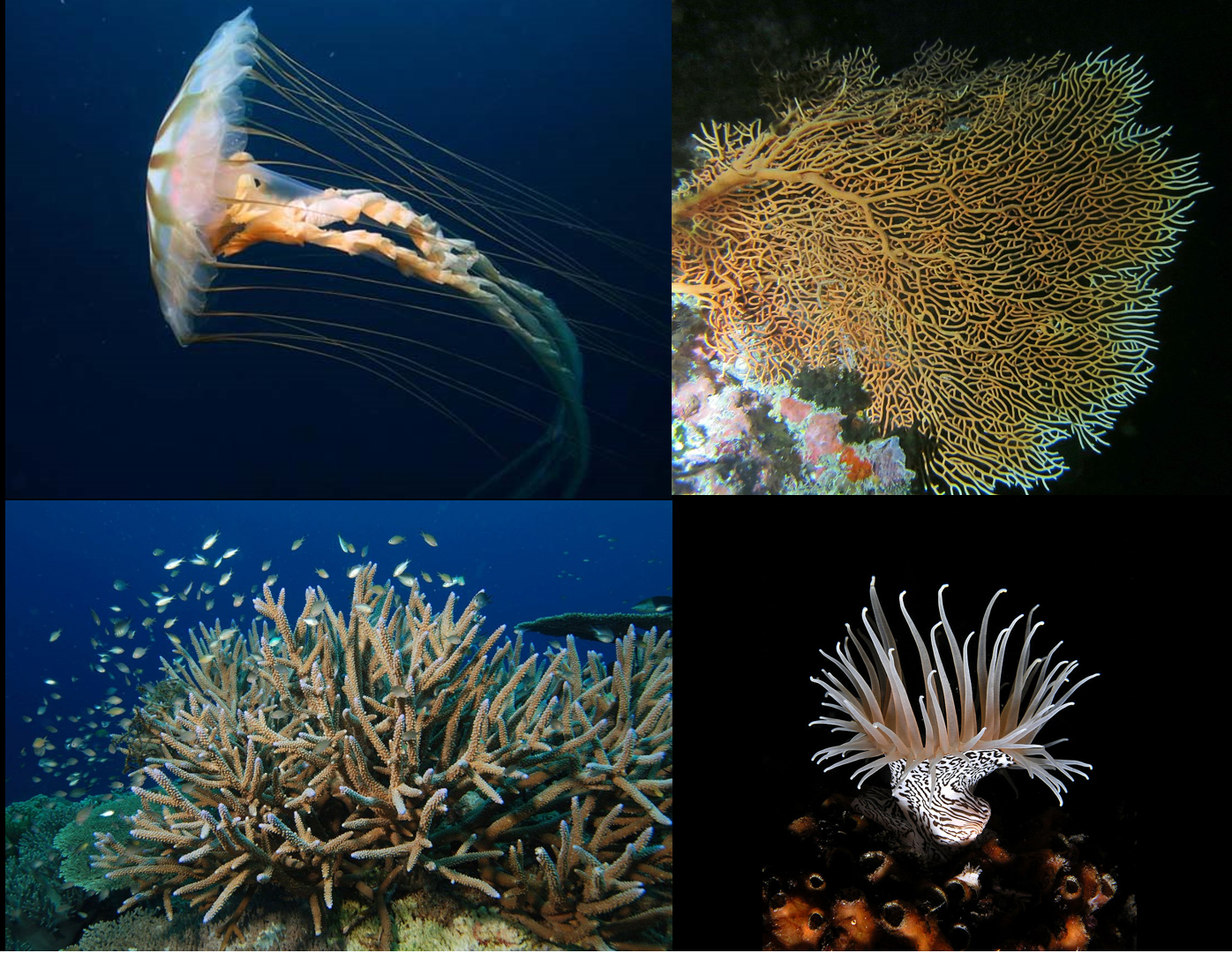
Ctenophora (separate from cindiarains phylum)
includes comb jellies
are diploblastic and have radial symmetry
do not have cnidocytes
have a complete gut
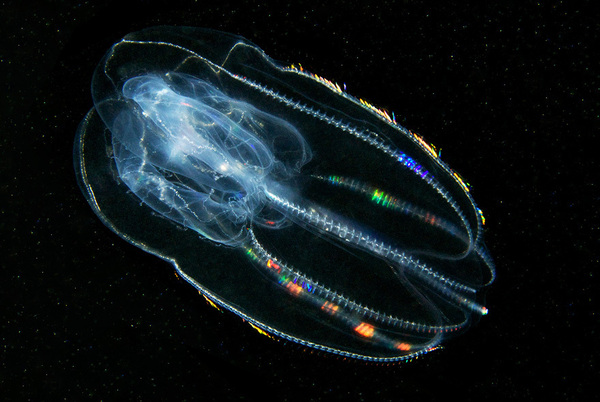
Flatworms Lophotrochazoans
bilateral symmetry and triploblastic (or three germ layers)
true body
include brachiopods molluscs annelids flatworms rotifers and ectoprocts
to be one needs to have a lophophore ( a mouth with cilia »)
or a trochophore which is like 2 facing each other
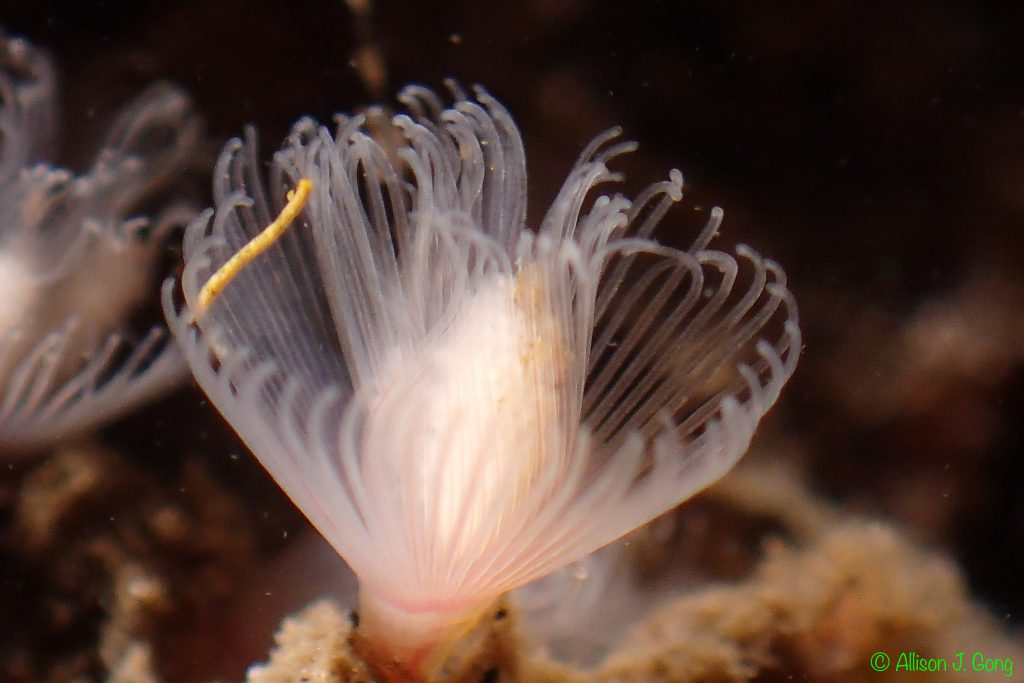
Phylum Platyhelminthes (lophotrochozoans)
are flat worms
only one opening basal taxon
lack lophophore and trochophore but similar DNA
hermaphroditic (so both male and female parts)
flame cells
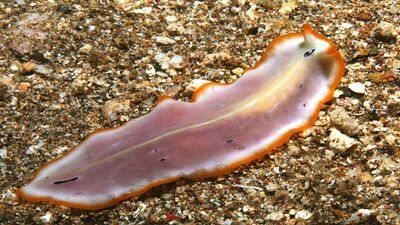
Rotifers (lophotrochozoans)
freshwater organism
has separate anus and mouth and pseudocoelom
reproduce by parthenogenesis
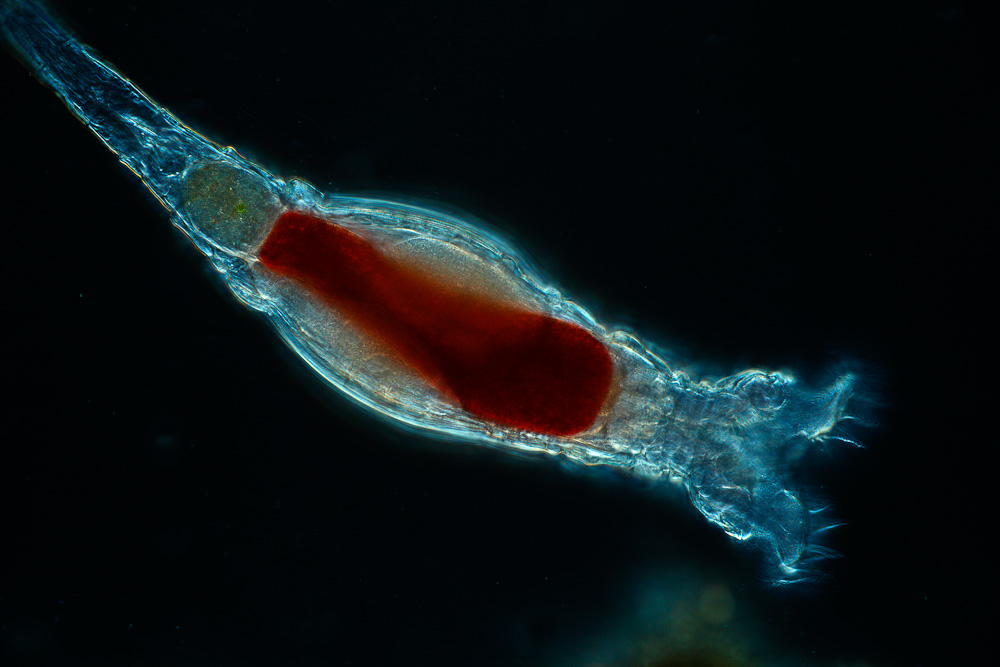
Ectoprocts (lophotrochozoans)
also known as bryzoans
animals that resemble plants
some are reef builders
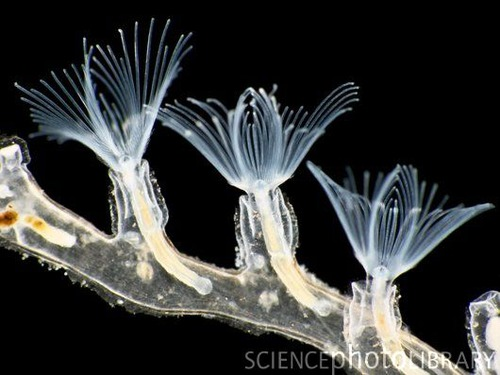
Nemertea (lophotrochozoans)
Also known as ribbon worms
bottom dwellers
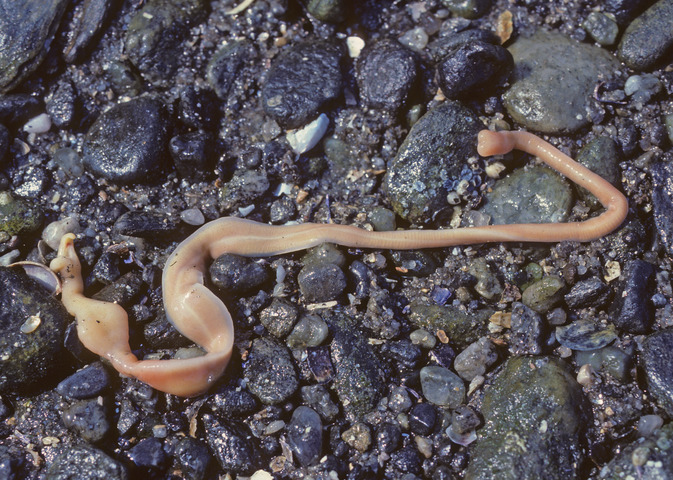
Brachiopods(lophotrochozoans)
look like shelled molluscs
attach to seafloor by a stalk
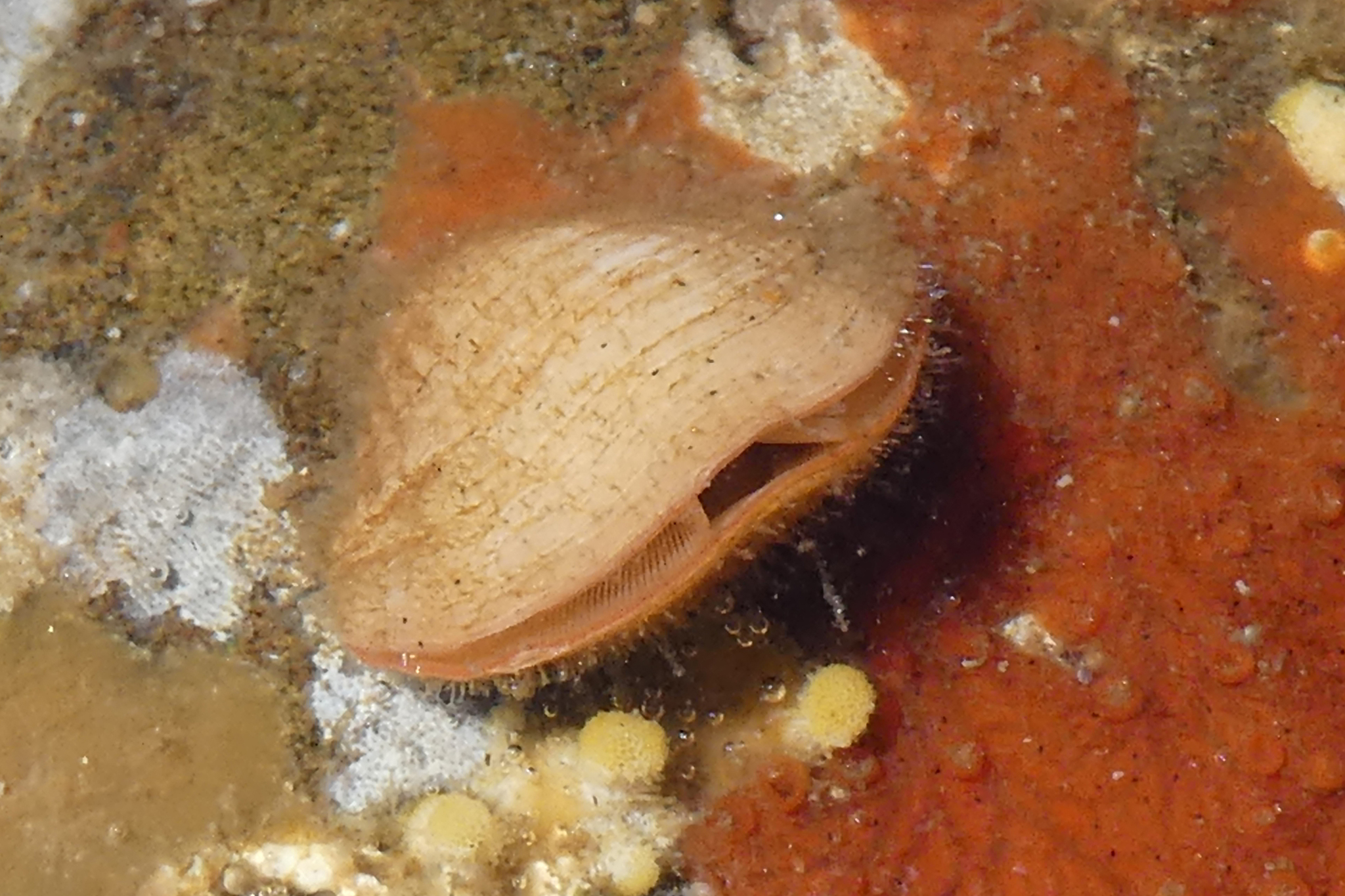
Annelids(lophotrochozoans)
are coelomates with bodies with rings
segmented worms repeated body segments
most advanced worm
complete digestive system (picture earthworm)
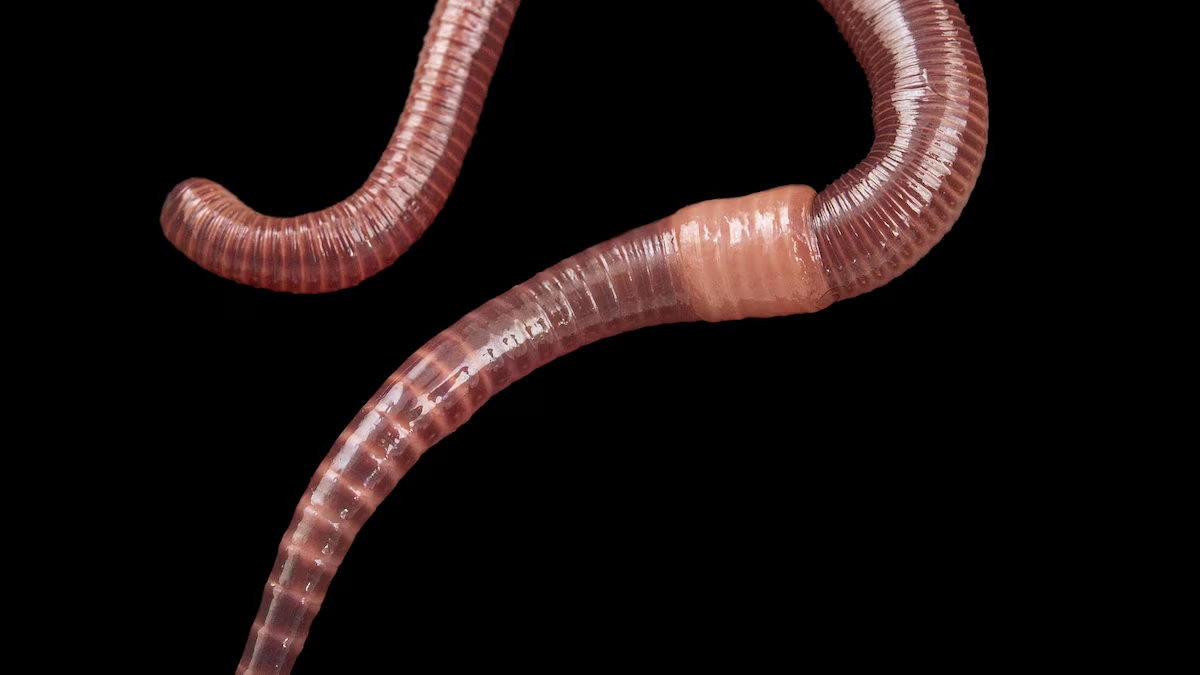
Oligiochaeta(earthworm) (lophotrochozoans)
contains earthworms and leaches
earthworms are distinguished by the thick band
they eat soil extracting nutrients
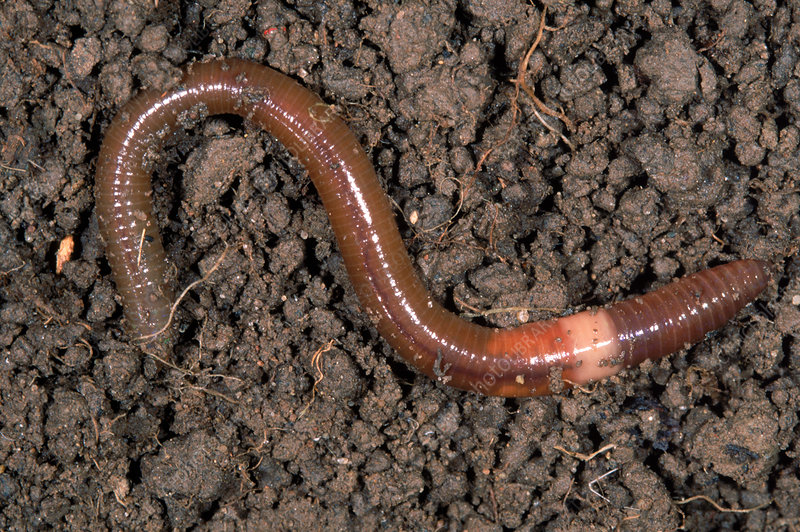
subclass Hirudinea (leaches) (lophotrochozoans)
most live in freshwater they are parasites that suck blood
they have a chemical called hirudin to prevent blood from coagulating

polychaeta (marineworms) (lophotrochozoans)
paddle like structures called parapodia on each body segment
each body has chitin which are bristles
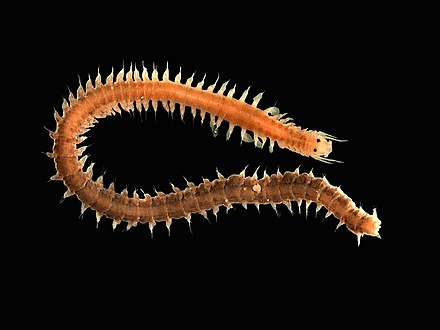
Ecdysozoans )
covered by a tough coat called a cuticle mad of chitin
the cuticle is shed or molted through a process called ecdysis
2 largest phyla are nematodes and arthropods
nematoda (Ecdysozoans )
usually roundworms
have alimentary canal and lack circulatory system
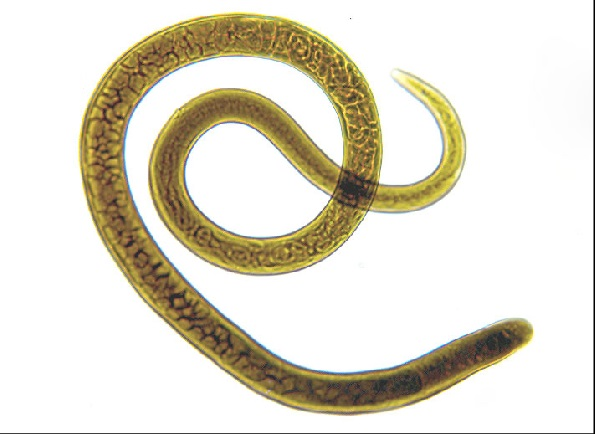
Targigrada (Ecdysozoans )
live in water
called water bears because of claws and legs
can enter a state called crypto biosis
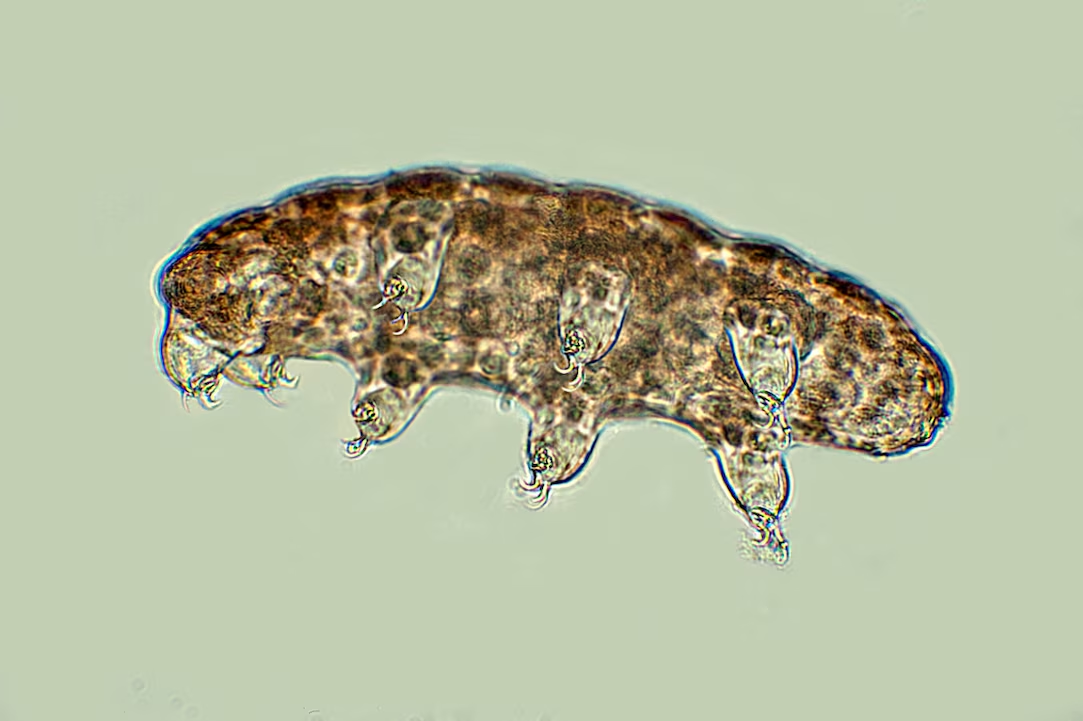
Arthropods (Ecdysozoans )
meaning jointed legs/ feet
domiantes the animal kingdom
exoskeleton made of chitin
includes arachnids hexapods crustations
Hexapoda Arthropods (Ecdysozoans )
Includes 6 legs on insects like bees and flies insect wings are an extention of the cuticle
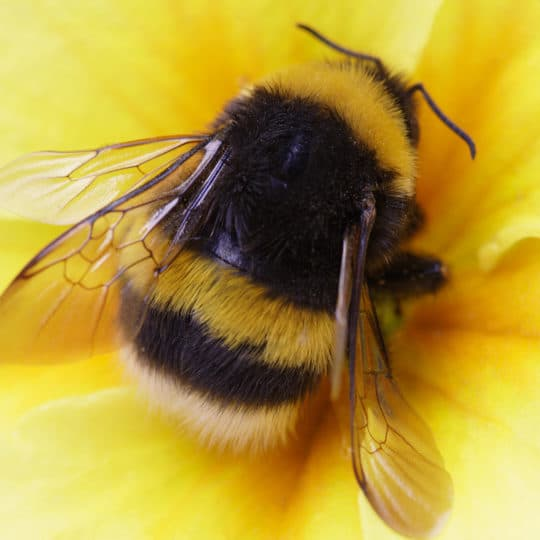
Myriapoda arthropods (Ecdysozoans )
includes chilopods and diplopda which are centipedes and millipedes
have antennaes and three appendages
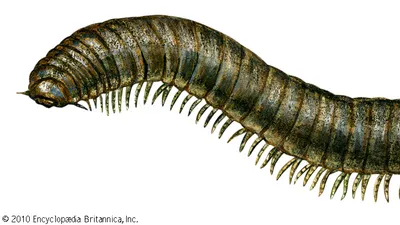
Crustacea Arthropods (Ecdysozoans )
include mostly aquatic things like decapods
krill shrimp lobster crabs and crayfish
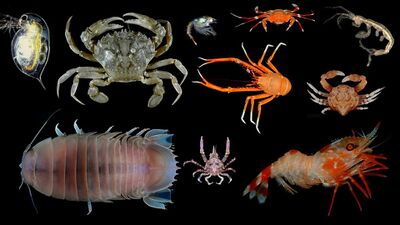
Chelicerata Arthropods (Ecdysozoans )
spiders horseshoe crabs ticks mites and scorpions
have anterior cephalothorax and posterior abdomen
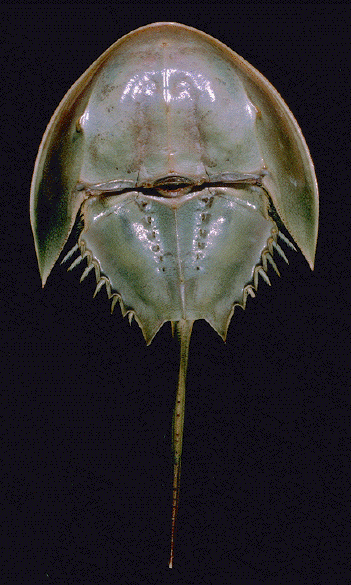
incomplete metamorphosis vs complete
